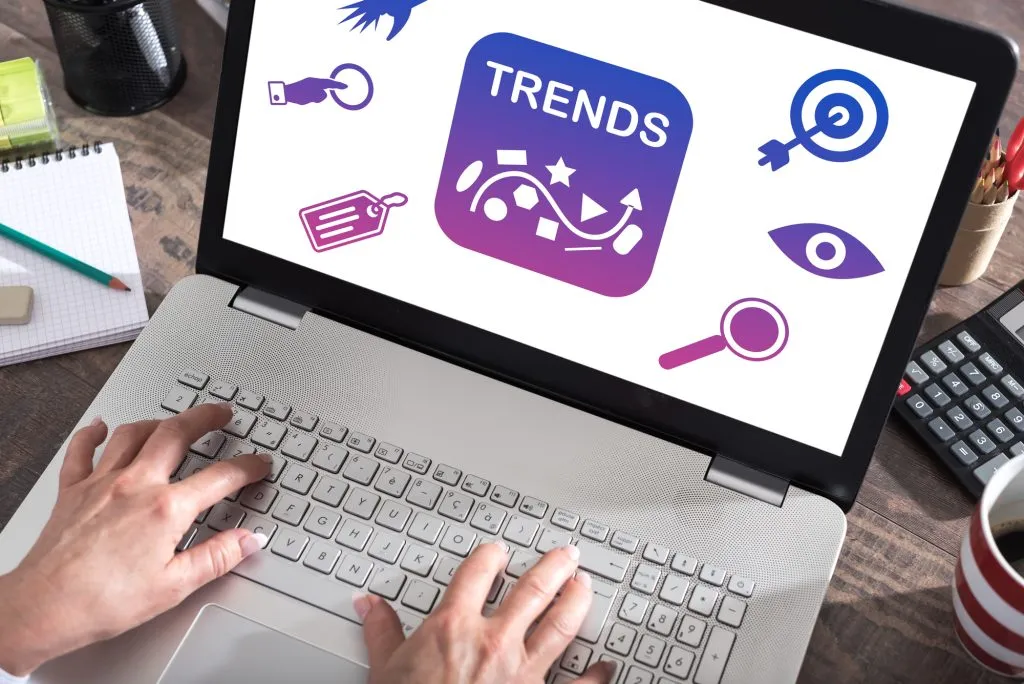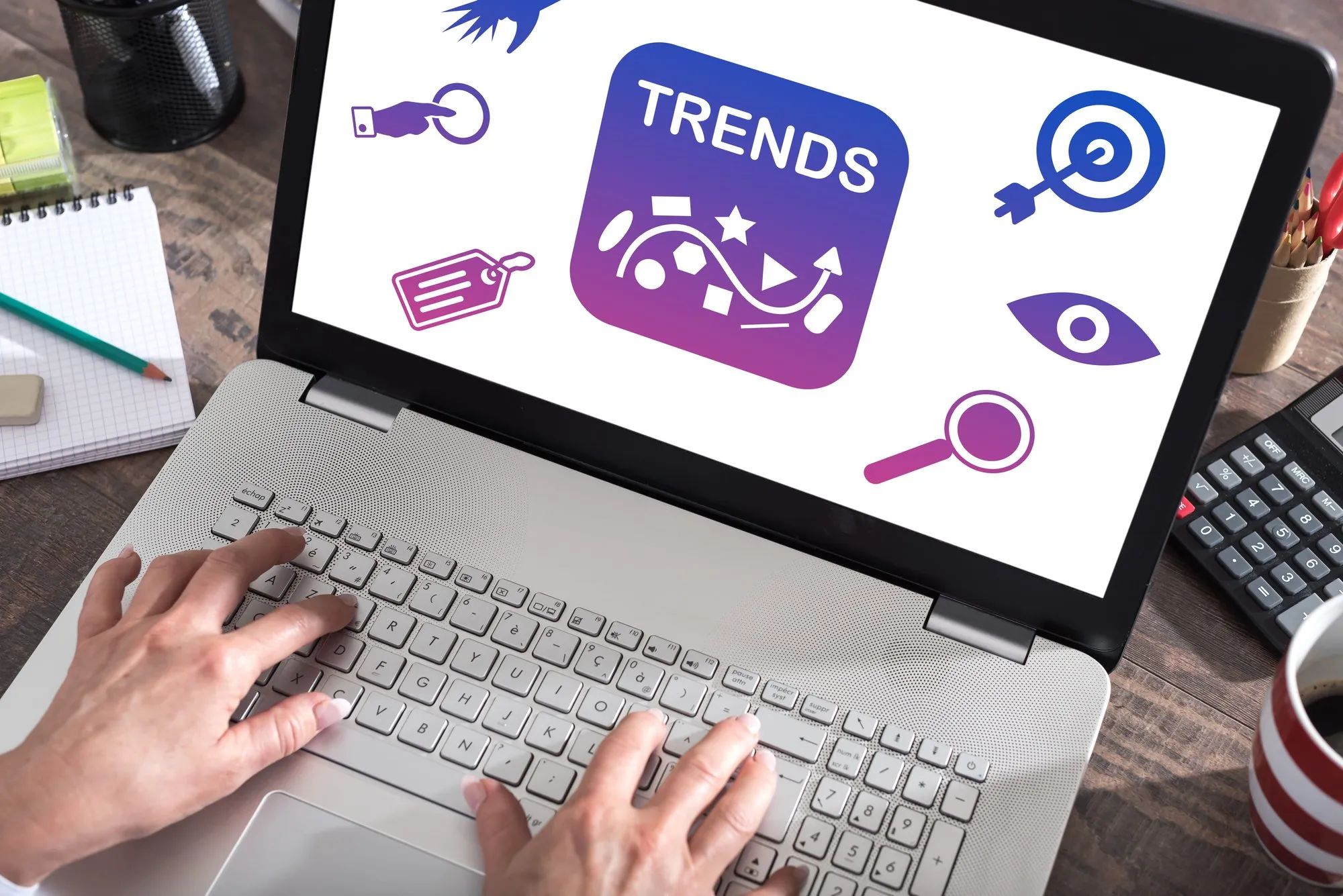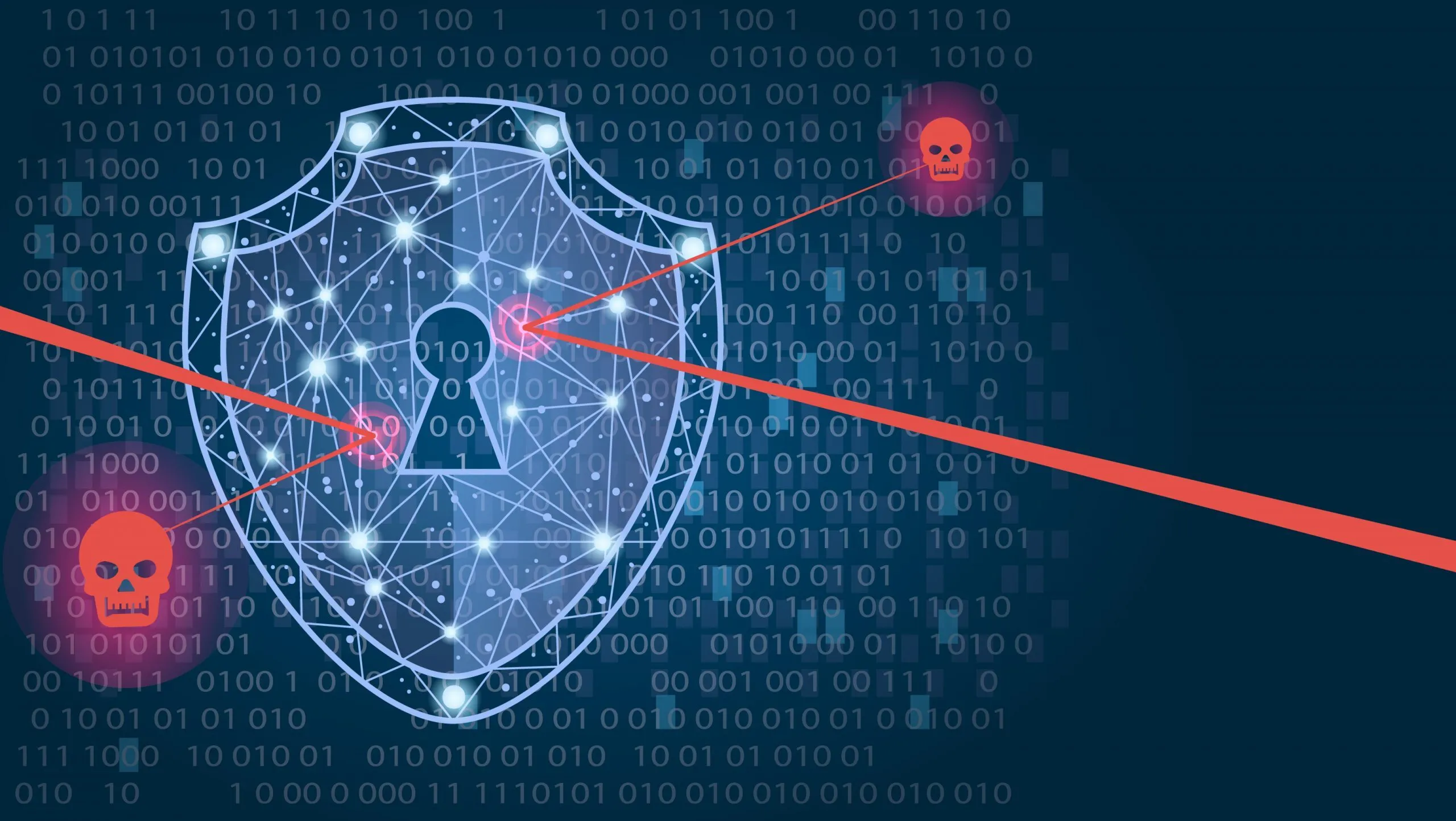In the dynamic landscape of the business world, success is often synonymous with adaptability and innovation. In the 21st century, where technological advancements are accelerating at an unprecedented pace, leveraging the latest technology trends has become imperative for sustained business growth. Do not hesitate to contact IT Support Bellevue experts for prompt and efficient resolution of any challenges faced while adopting modern technologies.
This blog explores the transformative power of emerging technologies and how businesses can unlock their full potential to stay ahead of the curve.

I. The Rise of Digital Transformation
The digital revolution has reshaped the way businesses operate, communicate, and deliver value. Digital transformation is more than a buzzword; it’s a fundamental shift in the way organizations utilize technology to optimize processes, enhance customer experiences, and drive innovation. This transformation’s key components are cloud computing, data analytics, and artificial intelligence (AI).
Cloud Computing
Cloud computing has emerged as a game-changer for businesses of all sizes. The ability to store and access data and applications over the internet has revolutionized the traditional IT infrastructure. Cloud solutions offer scalability, flexibility, and cost-effectiveness, enabling businesses to streamline operations and focus on core competencies.
Data Analytics
Data is the new gold, and businesses are increasingly recognizing its value. Data analytics tools allow organizations to extract actionable insights from vast datasets, enabling informed decision-making. From predictive analytics to business intelligence, leveraging data can enhance operational efficiency and provide a competitive edge.
Artificial Intelligence
AI is at the forefront of technological innovation, empowering businesses with intelligent automation and data-driven decision-making. Machine learning algorithms and natural language processing are transforming customer service, supply chain management, and personalized marketing. Businesses that harness the power of AI can unlock new opportunities for growth and efficiency.
II. The Internet of Things (IoT)
The Internet of Things has connected devices and systems in ways previously unimaginable. IoT permeates various sectors, from smart homes to industrial applications, offering real-time data and insights. Businesses can leverage IoT to optimize processes, monitor assets, and enhance overall efficiency.
Industrial IoT (IIoT)
IIoT is revolutionizing operations in the manufacturing sector by enabling predictive maintenance, improving resource utilization, and enhancing overall production efficiency. Smart sensors and connected devices create a network of information that can be analyzed to optimize workflows and reduce downtime.
Consumer IoT
On the consumer front, IoT devices are transforming daily life. Smart homes, wearables, and connected appliances are just a few examples. Businesses can tap into the vast amounts of data generated by these devices to understand consumer behavior, personalize experiences, and create innovative products and services.
III. Blockchain Technology
Initially developed for cryptocurrencies like Bitcoin, blockchain has evolved into a robust technology with applications across various industries. Its decentralized and secure nature makes it a valuable tool for enhancing transparency, security, and trust in business processes.
Supply Chain Management
Blockchain can revolutionize supply chain management by providing a transparent and tamper-resistant ledger of transactions. This helps in tracing the journey of products from manufacturer to consumer, reducing fraud, ensuring authenticity, and optimizing logistics.
Smart Contracts
One interesting use case for blockchain technology is smart contracts, self-executing agreements with stipulations encoded directly into the code. By automating and enforcing contract execution, they ensure the trustworthiness of digital transactions by eliminating the need for middlemen.
IV. Augmented Reality (AR) and Virtual Reality (VR)
AR and VR technologies have moved beyond gaming and entertainment, finding practical applications in various industries. From immersive training simulations to virtual product demonstrations, businesses are harnessing these technologies to enhance customer engagement and employee productivity.
Training and Development
AR and VR offer realistic training scenarios without the need for physical setups. Industries such as healthcare, aviation, and manufacturing can use these technologies to train employees in a risk-free virtual environment, improving skills and reducing training costs.
Customer Engagement
In the retail sector, AR is changing the way customers experience products. Virtual try-ons, interactive shopping experiences, and AR-enhanced advertisements are creating more engaging interactions between businesses and consumers.
V. 5G Technology
The rollout of 5G networks is set to revolutionize connectivity, opening up new business possibilities. With faster data speeds, lower latency, and increased device capacity, 5G is a catalyst for the widespread adoption of other emerging technologies.
Enhanced Mobile Connectivity
The impact of 5G on mobile connectivity is profound, enabling faster downloads, smoother streaming, and improved overall user experience. Businesses can leverage this to enhance their mobile apps, providing customers with seamless and immersive experiences.
Internet of Everything (IoE)
5G’s capabilities will play a pivotal role in the expansion of the IoE, connecting not only people and devices but also machines, vehicles, and infrastructure. This interconnected network will create new opportunities for innovation and efficiency in various industries.
VI. Cybersecurity in the Digital Age
As businesses increasingly rely on technology, the importance of robust cybersecurity measures cannot be overstated. The evolving threat landscape requires organizations to invest in advanced cybersecurity technologies to safeguard their data, systems, and customer trust.
Zero Trust Architecture
The traditional perimeter-based security approach is no longer sufficient in today’s digital landscape. Zero Trust Architecture assumes that threats can come from both inside and outside the network, requiring continuous verification and authorization for all users and devices.
AI-Powered Cybersecurity
AI is not only a tool for businesses but also for cybercriminals. AI-powered cybersecurity solutions use machine learning algorithms to analyze vast amounts of data and identify patterns indicative of cyber threats. This proactive approach is crucial in mitigating the risks of evolving cyber threats.
VII. The Importance of Sustainable Technology Practices
Amidst the pursuit of technological advancements, businesses are increasingly recognizing the importance of sustainability. Sustainable technology practices contribute to environmental conservation and resonate with consumers who prioritize ethical and eco-friendly choices. Learn about sustainable technology practices from IT Services Marquette professionals.
Green Computing
Green computing focuses on minimizing the environmental impact of technology. Businesses can adopt energy-efficient hardware, optimize data center operations, and promote responsible e-waste disposal to reduce their carbon footprint.
Sustainable Supply Chains
Consumers are becoming more conscious of the environmental and social impact of the products they purchase. Implementing sustainable practices in the supply chain, such as using eco-friendly materials and ethical sourcing, can enhance a company’s reputation and attract environmentally conscious consumers.
Conclusion
In conclusion, unlocking success in the digital age requires businesses to embrace and harness new technology trends. From the transformative power of digital transformation and the rise of IoT to the potential of blockchain, AR, and VR, staying ahead in the competitive landscape demands a commitment to innovation and adaptability. As 5G technology unfolds and cybersecurity becomes more sophisticated, businesses must also prioritize the security and privacy of their digital assets. Integrating these technologies and sustainable practices will ultimately drive business growth and contribute to a more resilient and responsible global economy. Embracing the future of technology is not just a choice but a necessity for those who seek to thrive in the ever-evolving business landscape.

